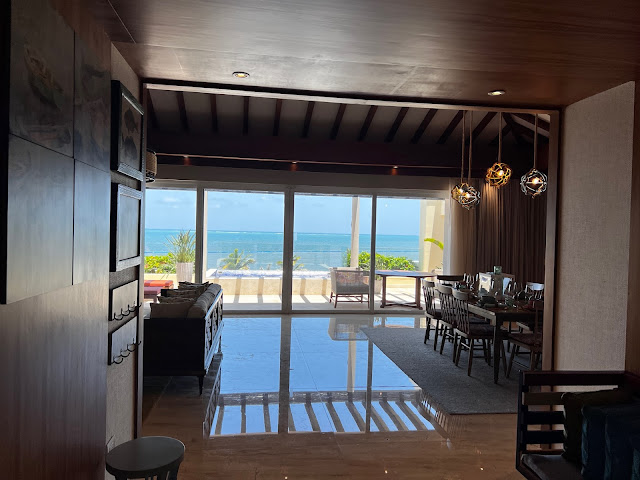Making sure that a product sounds as good as it works can set a brand apart.
“I just hate the grinding sound their instruments make,”
said a teen after her recent visit to the dentist. Even if they work
beautifully, machines can evoke negative emotions merely by the way they sound.
It makes me wonder if the fear of going to the dentist can be alleviated simply
by finding a way to muffle or substitute the harsh sounds that dental tools
make.
Some machines make no or low sound. No sound isn’t always
good. Electric cars or the hybrid cars that automatically switch over to
electric mode are guilty of silently creeping up behind pedestrians and
startling them, especially in parking garages. To compensate for their relative
silence, such vehicles need brighter headlamps or fake sounds to alert
unsuspecting passersby.
Sounds are a necessary and reassuring part of
user-experience for some products. Just as grandma used to check on grandpa
whenever he stopped snoring in the middle of the night to make sure his heart
was still ticking, the complete silence of certain machines or products can make
users wonder if they are actually working. We need the washing machine to hum,
but only gently.
Sound, or its absence is a tool that can be used for branding
in such a way that it does not annoy or scare users, unless it’s animatronics at
a theme park whose sound is a feature.
It is common for realtors to play on a buyer’s sense of
smell using baked cookies during open houses. Then there was the ‘For Sale By
Owner’ property with the sound of piano playing on loop during showings. I do
not think it was the main reason the home eventually sold, but it did create a
pleasant and elegant ambience as prospective buyers walked in. The music also patched
those spells of awkward silence between agents and buyers at showings. The
music enhanced the brand image of his home.
We recognize the brand of electronic devices from their
signature sounds when they are switched on. I suspect the idea was borrowed
from the movies. Netflix and HBO (now Max) effectively use distinctive musical
tones to build anticipation. Intel commissioned a composer for the tone which
plays when an Intel-based computer starts up. How can one forget the iconic
sound of a Nokia phone.
A starting sound is a great way for any product manufacturer
to create a positive feeling about a product. Imagine your oven or vacuum
cleaner playing a few musical notes when switched on. Retain the blinking lights
for the hearing-impaired.
The one place where machines could avoid intimidating sounds,
is in hospital rooms. Their ominous sounds certainly don’t help in healing
patients. Whenever hospital machines make beeping sounds with a cadence, the
sound of machines can be the sound of music. If it’s cost-effective, why not make
your brand worthy of a jig?
[ Photo
by Quang Tri Nguyen on Unsplash ]






